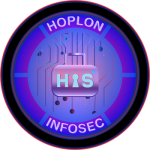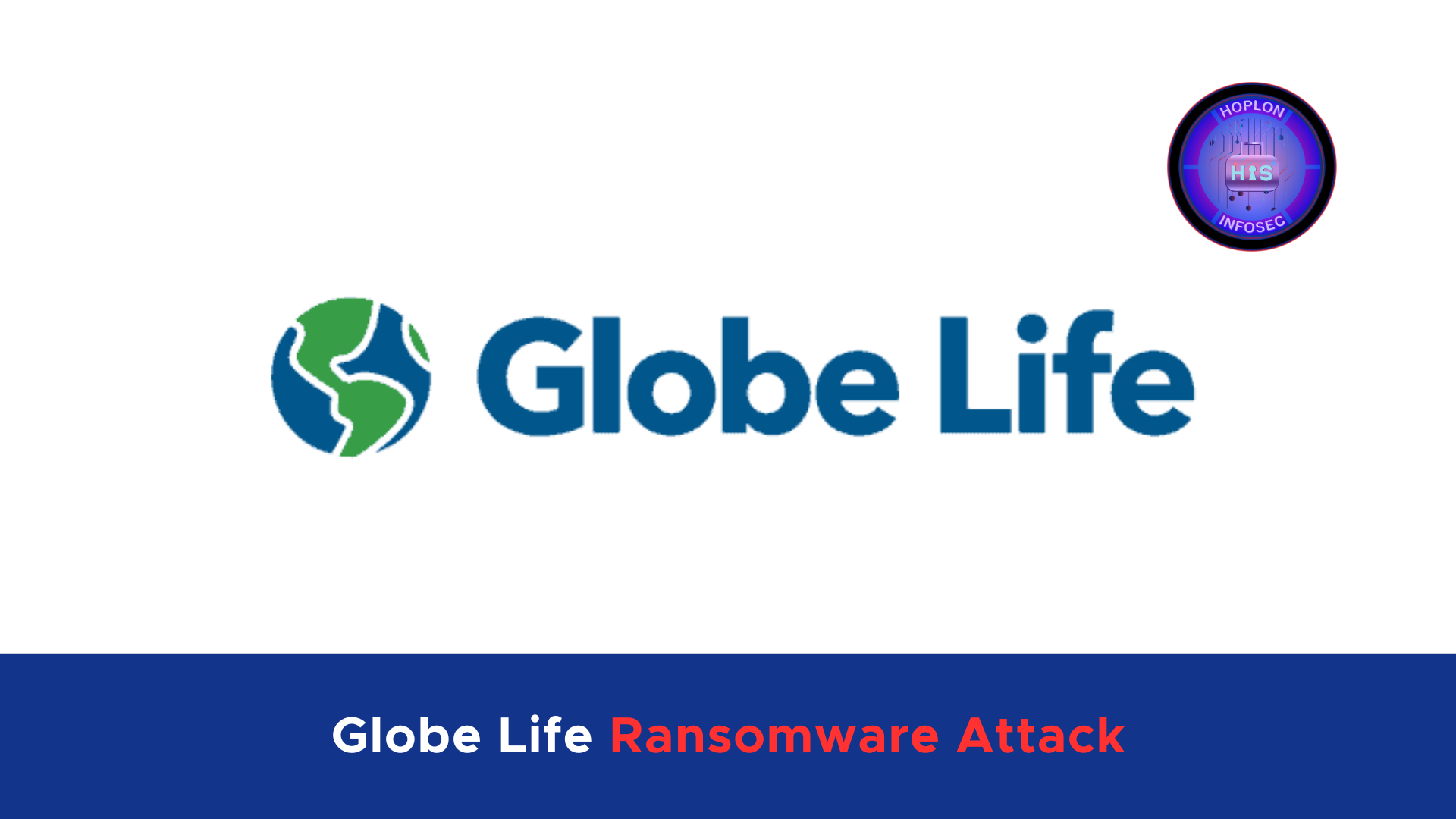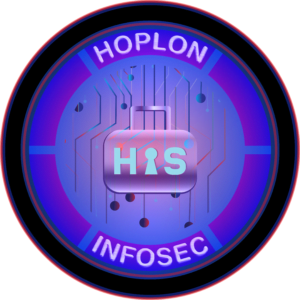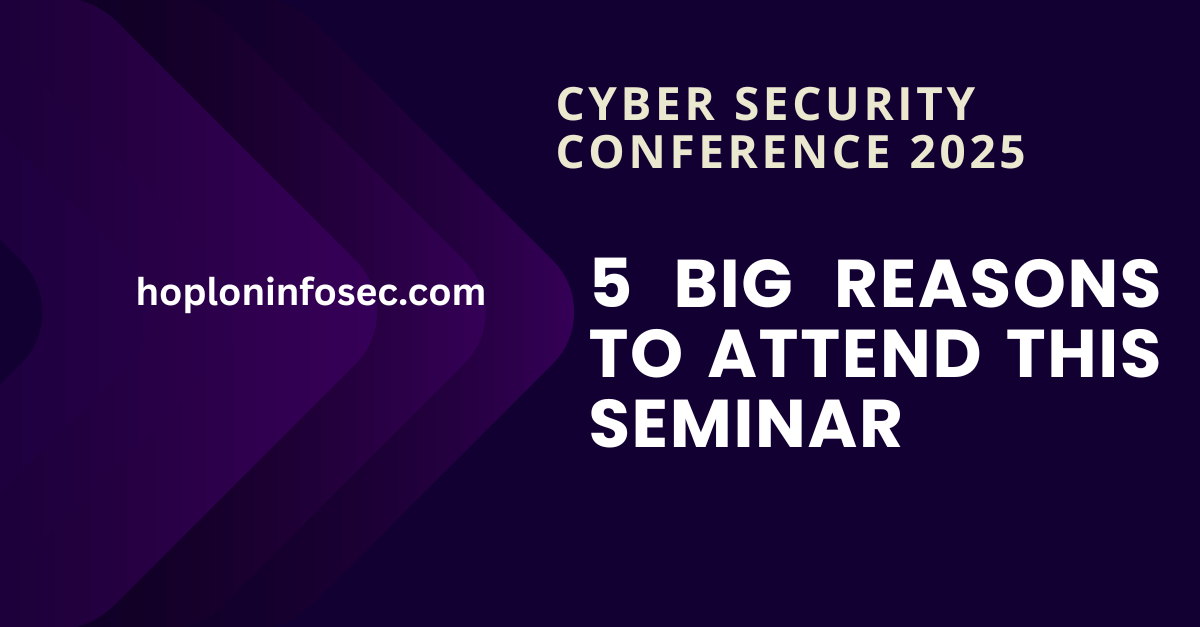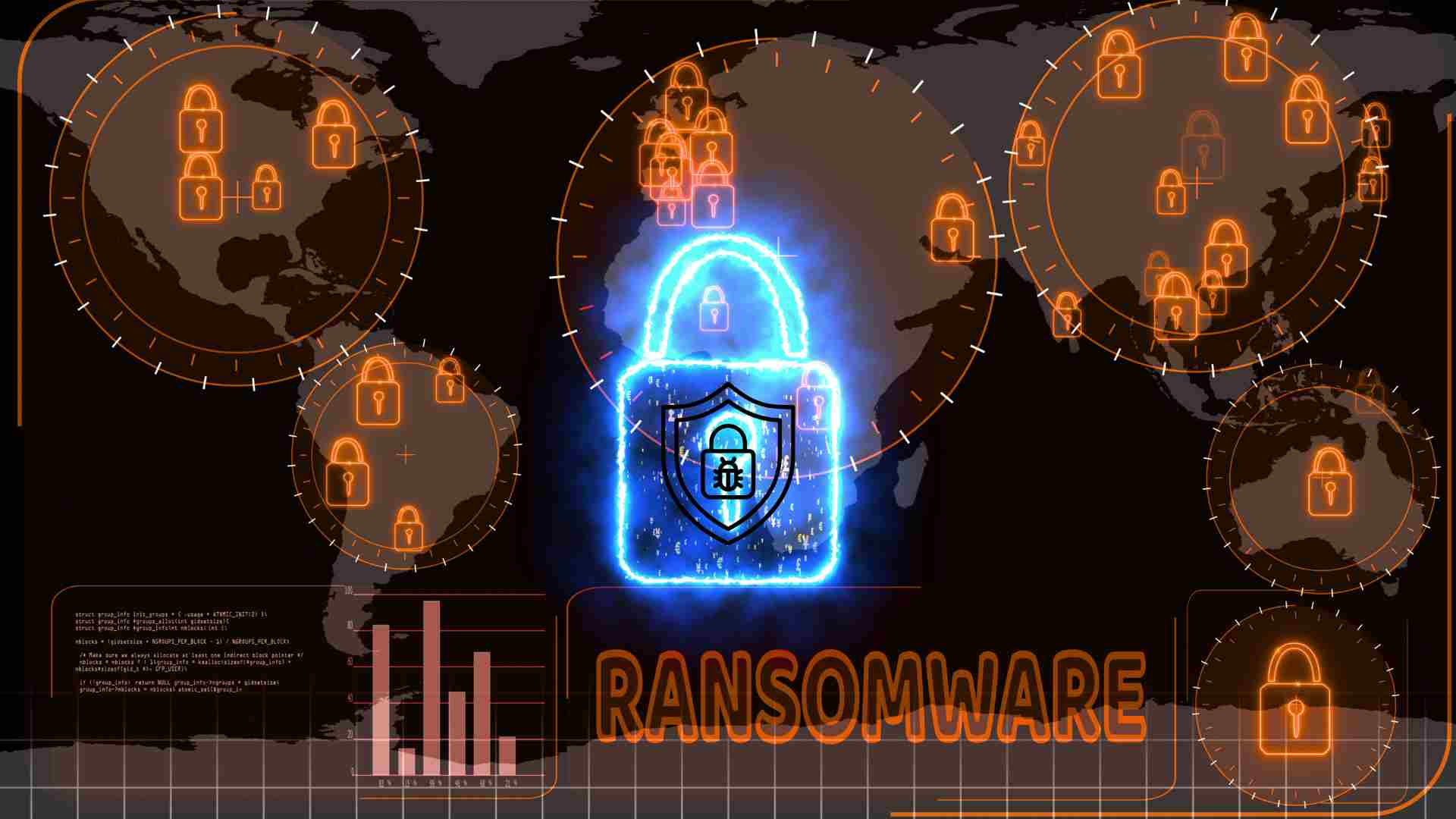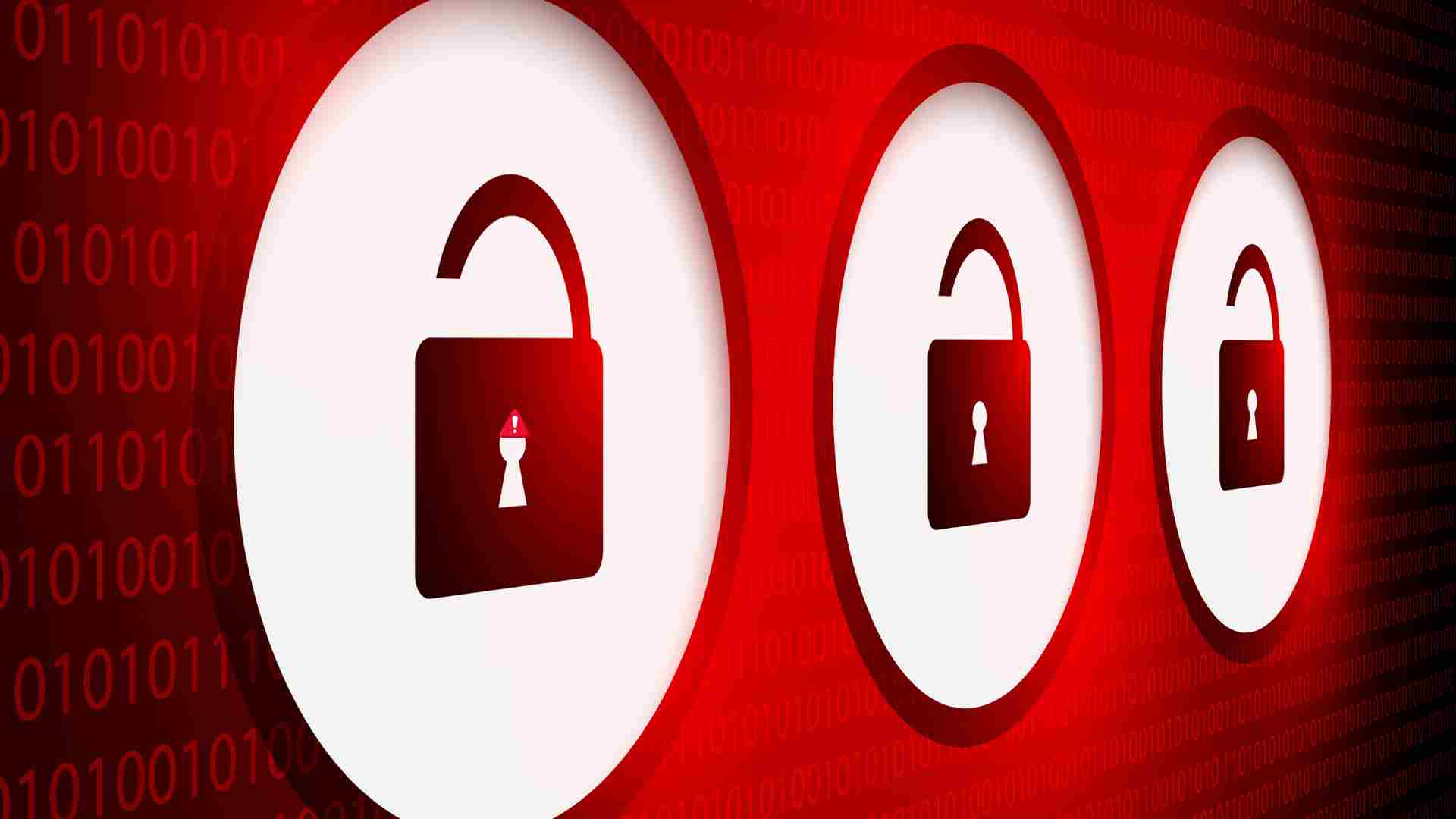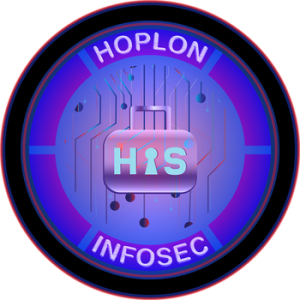In today’s digital age, the threat of cyberattacks looms large over organizations of all sizes. Recently, Globe Life Inc. found itself at the center of a high-profile cybersecurity incident that has concerned many customers and industry experts. In this article, we explore the details of the breach, analyze the techniques used by the threat actors, and discuss the steps to mitigate the impact. We also provide guidance on how individuals can protect themselves from similar threats. This in-depth analysis sheds light on the current state of cybersecurity and highlights important lessons for both businesses and consumers.
Overview of the Globe Life Ransomware Attack
Globe Life Inc., a company with a significant presence in the insurance industry, has become the latest target of a sophisticated cybersecurity attack. In this incident, a threat actor claimed to have accessed sensitive personal and health data belonging to more than 850,000 individuals. Although this breach does not involve the classic characteristics of ransomware attacks, it represents an extortion attempt with the potential to damage the company’s reputation and the security of its customers.
The breach specifically targeted a data repository connected to American Income Life Insurance Company (AILIC), a subsidiary of Globe Life. The compromised repository contained various types of personally identifiable information (PII), which we will explore in greater detail below.
Detailed Account of the Compromised Data
The attack on Globe Life exposed a range of sensitive information that malicious actors could exploit. Although the breach did not include financial data such as credit cards or bank information, the exposed data still poses significant risks for identity theft and fraud. The types of personal data compromised in the incident include:
- Names: Basic identifiers that can be used in various forms of social engineering.
- Email Addresses: Contact information that could be leveraged for phishing attacks.
- Phone Numbers: Data that might be used to launch scams or impersonation attempts.
- Postal Addresses: Physical location details that add another layer of personal vulnerability.
- Social Security Numbers (SSNs) are extremely sensitive identifiers critical for fraudulent activities if misused.
- Policy-Related Health Data: Confidential health information that, if leaked, could lead to discrimination or misuse in various contexts.
While it is reassuring that the attackers did not access financial account data, combining the other stolen information still creates a considerable risk profile for those affected.
Understanding the Nature of the Cyber Attack

Unlike some well-known ransomware attacks, such as WannaCry or LockBit, which encrypt and hold data hostage, the Globe Life incident did not involve encryption-based techniques. Instead, the threat actor employed what is known as a “double extortion” strategy. In this approach, the attackers exfiltrate sensitive data and demand a ransom for non-disclosure. This method leverages the potential harm inflicted if the stolen data were released publicly.
This extortion is particularly concerning because it directly exploits the fear and uncertainty of the company and its customers. With the attackers already possessing highly sensitive information, the pressure mounts on Globe Life to comply with their demands and avoid further damage.
Technical Analysis: How the Attack Unfolded
The methods used by the cybercriminals in this incident illustrate the growing sophistication of modern attacks. Although the details remain under investigation, early insights suggest that the threat actor used advanced tactics to achieve their objectives. Here are some of the technical aspects involved in the attack:
Reconnaissance and Vulnerability Identification
The first stage of the attack involved detailed reconnaissance. During this phase, the attacker systematically probed Globe Life’s systems to identify vulnerabilities that could be exploited. This process likely involved scanning for open ports, misconfigured systems, or outdated software versions that would provide an entry point into the company’s network.
Data Exfiltration via Encrypted Channels
Instead of relying on the typical method of encrypting data for ransom, the attacker chose to steal data using encrypted command channels. Tools commonly referred to as Command and Control (C2) tools facilitate this process, allowing the attackers to transfer large volumes of data while maintaining a level of secrecy. The attacker could obscure the data transfer from standard detection methods by employing protocols such as HTTPS or techniques like DNS tunneling.
Anonymous Threat Communication
Once the data was exfiltrated, the threat actor used anonymous channels to communicate their demands. This step was critical in ensuring the attacker’s identity remained concealed, thereby complicating tracing the attack back to its source. The anonymity also makes it difficult for authorities to intervene swiftly or to hold the responsible parties accountable.
These technical details not only underline the evolution of cyberattack strategies but also warn organizations that may underestimate the need for robust cybersecurity measures.
Immediate Response and Mitigation Measures
Upon discovering the breach, Globe Life Inc. immediately activated its Incident Response Plan (IRP). An effective IRP is essential in minimizing damage and ensuring appropriate steps are taken to secure the compromised systems. Here are some of the key actions that the company undertook:
Mobilizing Cybersecurity and Legal Experts
Recognizing the severity of the situation, Globe Life promptly brought in external cybersecurity specialists to conduct a thorough forensic analysis. These experts are tasked with determining the attackers’ exact entry point, the extent of the data exfiltration, and the methods used to infiltrate the network. Alongside these technical measures, the company also engaged legal counsel to ensure that all actions comply with relevant state and federal laws.
Securing Affected Systems
One priority in any cybersecurity incident is to secure the affected systems to prevent further unauthorized access. Globe Life isolated the compromised data repository and implemented additional security measures to fortify the system against future breaches. This rapid response helped mitigate the immediate risks associated with the attack.
Notifying Affected Individuals and Providing Support
Transparency is crucial in managing the fallout from a cybersecurity breach. Globe Life has committed to informing those whose data may have been compromised. Affected individuals are provided with resources and support, including identity protection services like credit monitoring. By offering these services, the company aims to help mitigate the potential financial and personal repercussions that could arise from the breach.
Coordination with Authorities
Globe Life has been in close contact with regulatory authorities in an effort to adhere to state-level data breach notification standards and comply with regulations such as HIPAA. This coordination ensures that all necessary legal and compliance protocols are followed and helps to create a record of the incident for future reference.
Despite the seriousness of the breach, Globe Life has stated that its core business operations remain unaffected. The company does not anticipate that the incident will have a material financial impact, largely thanks to the swift and decisive actions taken in response to the threat.
The Broader Implications of the Incident
This cybersecurity breach at Globe Life is not an isolated event but a stark reminder of the vulnerabilities in our increasingly connected world. As organizations continue to collect and store vast amounts of personal and health-related data, the risk of cyberattacks grows correspondingly.
The Evolution of Cyber Threats
The incident highlights a significant trend in cybercrime: the shift from attacks aimed at operational disruption to those focused on data theft and extortion. Cybercriminals are now more interested in the potential profits derived from stolen data than in simply disrupting business operations. This “double extortion” tactic is becoming more prevalent, underscoring the need for companies to rethink their cybersecurity strategies.
Impact on Corporate Reputation
For businesses, a cybersecurity breach can have far-reaching consequences beyond the immediate financial costs. The reputational damage from such incidents can erode customer trust and affect long-term profitability. In the case of Globe Life, even though the company’s core operations remain intact, the potential reputational harm could lead to lasting negative perceptions among its customer base and industry stakeholders.
Regulatory and Legal Considerations
Data breaches involving sensitive information trigger various regulatory requirements and legal challenges. Organizations must notify affected individuals and comply with multiple state and federal regulations. Failure to meet these obligations can result in significant fines and legal penalties, further exacerbating the financial impact of the breach. In the Globe Life case, adherence to laws such as HIPAA is critical to the company’s response strategy.
Guidance for Consumers: How to Protect Yourself

While companies work to fortify their systems against cyberattacks, consumers must also take proactive steps to safeguard their personal information. Here are several strategies that can help you minimize your risk:
Monitor Financial Accounts Regularly
One of the first lines of defense is to keep a close eye on your financial accounts. Regular monitoring can help you quickly detect any unauthorized transactions or suspicious activity. Consider setting up alerts through your bank or credit card provider to receive notifications about unusual spending patterns.
Update Passwords Frequently
Using strong, unique passwords for your online accounts is essential in protecting against cyberattacks. Avoid reusing passwords across different platforms, and consider using a password manager to help generate and store complex passwords securely. Changing your passwords regularly can further reduce the risk of compromise.
Consider Identity Theft Protection Services
Enrolling in identity theft protection services can offer an additional layer of security after a data breach. These services typically provide credit monitoring, alerts for suspicious activities, and assistance recovering from identity theft. While not foolproof, they can help mitigate some of the risks associated with a data breach.
Stay Informed About Cybersecurity Threats
The cybersecurity landscape is constantly evolving, and staying informed about the latest threats can help you take timely action. Subscribe to newsletters, follow trusted cybersecurity blogs, and consider participating in online communities where experts discuss emerging risks and best practices for staying safe online.
Practice Safe Browsing Habits
Be cautious when clicking on links or downloading attachments from unknown sources. Many cyberattacks begin with phishing emails that trick recipients into divulging sensitive information. Maintaining a healthy skepticism and verifying the authenticity of communications can reduce your risk of falling victim to such scams.
Preparing for Future Cyber Threats

The Globe Life incident is a case study of how even well-established companies can be vulnerable to cyberattacks. This event reminds us of the need for ongoing investments in cybersecurity infrastructure and employee training.
Investing in Cybersecurity Technologies
Businesses must prioritize implementing advanced cybersecurity solutions, such as intrusion detection systems, encryption tools, and regular vulnerability assessments. Investing in these technologies can help detect and prevent breaches before they occur.
Employee Training and Awareness
Human error remains one of the most significant factors in successful cyberattacks. Regular training sessions that educate employees about phishing, social engineering, and other common tactics used by cybercriminals are essential. By fostering a culture of security awareness, organizations can reduce the likelihood of accidental breaches.
Developing a Robust Incident Response Plan
A well-crafted Incident Response Plan (IRP) is vital for minimizing the damage caused by cyberattacks. Companies should conduct regular drills and update their IRPs to reflect new threats and vulnerabilities. A proactive approach to incident management can significantly reduce recovery times and mitigate the impact of an attack.
Collaborating with Industry Peers and Regulators
Sharing information about cyber threats and vulnerabilities can help create a more secure digital ecosystem. Organizations should consider joining industry groups and working closely with regulators to develop and adopt best practices for cybersecurity. This collaborative approach can lead to more effective defenses against emerging threats.
Conclusion
The cybersecurity incident at Globe Life Inc. is a critical reminder of the ever-present risks of storing sensitive personal data. Although the breach did not involve traditional ransomware encryption, the exfiltration and extortion tactics used by the threat actor highlight the increasing sophistication of cybercriminals today. For companies, the incident underscores the importance of investing in advanced cybersecurity measures, implementing robust incident response plans, and maintaining open communication with regulatory authorities.
For consumers, the incident is a call to action to remain vigilant about personal cybersecurity. By regularly monitoring financial accounts, updating passwords, and considering identity theft protection services, individuals can take proactive steps to safeguard their sensitive information. As cyber threats evolve, organizations and individuals must work together to create a more secure digital future.
In an era where data breaches are becoming increasingly common, the Globe Life incident offers valuable lessons on the importance of preparedness, swift response, and ongoing investment in cybersecurity. By understanding the technical details of such attacks and implementing the recommended protective measures, we can collectively work towards minimizing the risks associated with digital data storage and ensuring that sensitive information remains secure.
As investigations into the Globe Life breach continue, the company and its customers will undoubtedly benefit from the insights gained from this incident. Ultimately, it is the shared responsibility of all stakeholders—businesses, consumers, and regulators alike—to build a more resilient digital infrastructure that can withstand the evolving challenges of the cybersecurity landscape.
